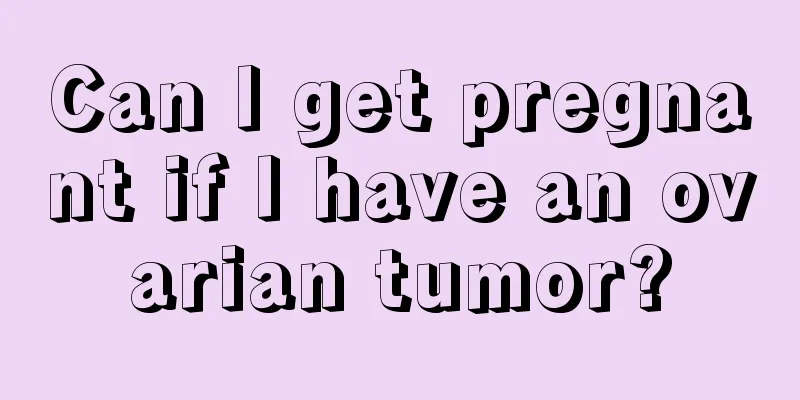Low protein edema

|
If the body shows low protein during examination, edema will occur. In more serious patients, the edema will become quite obvious. This requires attention. You must control your water intake. In this case, it is best not to consume too much water, and you should also use some anti-edema and analgesic drugs to cooperate with the treatment, so that your body can become better. 1. Treatment of the primary disease For edema with a clear primary cause, appropriate treatment should be given according to the nature and pathogenesis of the primary disease. For some edema, the physiological disorder caused will be corrected after the primary disease is controlled, and the edema symptoms will be relieved accordingly, without the need for further symptomatic treatment. 2. Properly control water and sodium intake Patients with edema should understand their water and sodium intake, and realize that limiting water and sodium intake is very effective in preventing further aggravation of edema. However, it should be noted that excessive sodium restriction may cause hyponatremia, especially in patients using diuretics. 3. Control the speed of edema disappearance Depending on the different causes of edema and the internal environmental balance of the patient's body, the speed of edema fluid removal should be appropriately controlled. Because excreting too much fluid too quickly may cause adverse consequences or even life-threatening complications. 4. Rational selection of diuretics The selection of diuretics should start with a small dose and gradually increase the dose according to the treatment response to avoid diuretic therapy-induced hypovolemia and electrolyte imbalance. 5. General treatment 1. Rest: For most patients with edema caused by organ dysfunction, proper bed rest can improve the blood supply to these organs, reduce their burden, prevent symptoms from worsening, and facilitate recovery. 2. Diet: Since patients with systemic edema have varying degrees of water and sodium retention, they should be given a low-salt diet to reduce the sodium and water content in the body. 6. Etiological treatment In patients whose etiology is clear and can be removed, active etiological treatment can achieve good results. 7. Observation of the course of disease After the cause is identified and treatment is implemented, in addition to closely observing changes in other symptoms and signs of the primary disease during treatment, the following two points should be noted when observing edema. 1. Edema disappearance: After active treatment, edema should gradually disappear. At this time, it is necessary to observe whether the area of edema is reduced and the degree is alleviated, and measure body weight regularly. For patients with ascites, abdominal circumference should be measured daily. If the edema does not subside significantly, the following reasons should be considered: ① The patient did not take the medication as ordered; ② The medication was improperly selected or the dosage was insufficient; ③ The cause of the disease was not treated thoroughly; ④ The diagnosis was incorrect. Then further processing is carried out based on the results of the comprehensive analysis. |
<<: What to do if I can't hear
>>: Which is better, dental floss or dental floss stick?
Recommend
Can I eat garlic if I have bladder cancer?
Problem Analysis: Can you eat garlic for bladder ...
The bottom of the nails is purple_The color of the nails is a little purple
Nails may seem to have no function, but in fact t...
What to do if you have bad skin
Skin has a great influence on a person's imag...
Clinical symptoms of benign esophageal tumors
Although the condition of benign esophageal tumor...
What is the best way to treat long-term insomnia?
Nowadays, many people's sleep quality is not ...
What to do if you are allergic to the legs of glasses
More and more people are suffering from myopia, s...
What are the common types of rectal cancer?
As a common disease, rectal cancer has caused gre...
What are the methods for treating lymphoma
Lymphoma patients may experience fever, abnormal ...
Can I take medicine one month before pregnancy?
In the process of preparing for pregnancy, couple...
What are the early and late stage symptoms of bladder cancer?
Bladder cancer is a disease that has very differe...
Is sea bass a marine fish? How to choose and buy?
Sea bass tastes very delicious, and it can supple...
Bone marrow chromosome karyotype analysis
When it comes to leukemia, most people are famili...
There is a pimple on my leg
Acne indicates that there is something wrong with...
Four key points of effective communication skills
To put it simply, communication means talking to ...
What are the main early symptoms of liver cancer in men?
Have you ever heard of liver cancer? How much do ...









